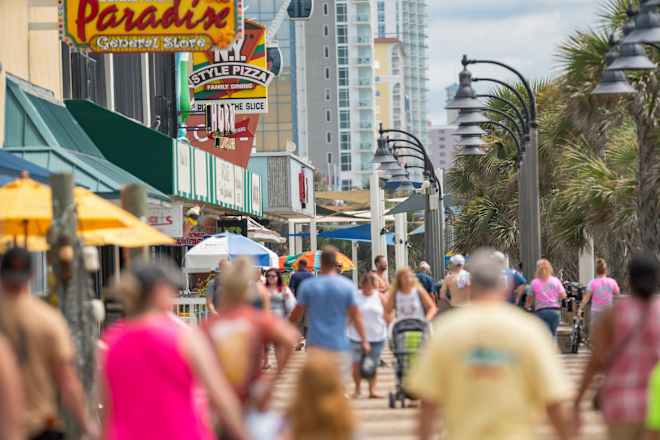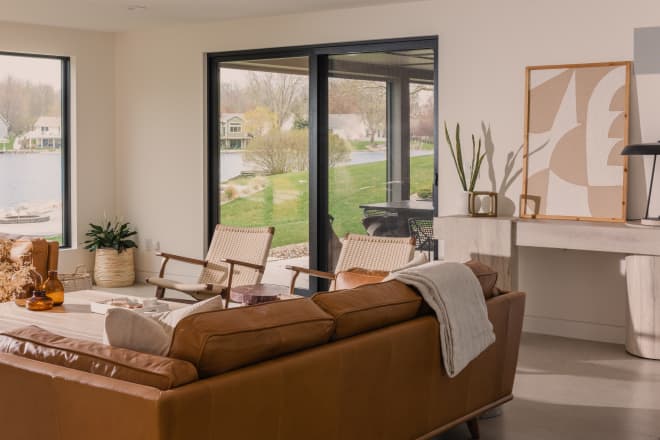Exploring the Heart of France: Must-Visit French Historic Sites
Explore the heart of France through its top historic sites. Discover beauty, history, and romance — a true V.C Love journey awaits you.

What’s the first thing that comes to mind when you think of France? For many, it’s the Eiffel Tower, buttery croissants, or romantic strolls along the Seine. But there's something deeper, something older and richer — France’s historic soul. France is not just about food and fashion; it’s a living museum, where every stone whispers a story.
Palace of Versailles: A Royal Fantasy
Let’s start with one of the most jaw-dropping places in France — the Palace of Versailles. Once home to kings and queens, Versailles is the very definition of royal extravagance. The Hall of Mirrors glitters with gold, chandeliers dangle like frozen fireworks, and the gardens stretch endlessly, whispering tales of power and passion.
Walking through Versailles is like stepping into a dream where time stands still. You can almost hear the rustle of silk gowns and the murmurs of court gossip. This is where French Historic Sites truly comes alive.
Mont Saint-Michel: The Marvel of the Sea
Perched on a rocky island, rising dramatically from the sea, Mont Saint-Michel looks like something out of a fantasy novel. When the tide is in, it becomes a floating castle. When it’s out, the sands stretch far and wide.
The abbey at the top has stood for over a thousand years. Pilgrims once trudged through mud and danger just to get there. Today, we have better shoes and safer roads — but the magic remains. It’s more than just a site; it’s an experience.
Carcassonne: A Real-Life Fairytale
Imagine a place where the walls are still intact, the towers still stand, and cobbled streets twist and turn through history. Carcassonne is that place. It’s a medieval fortress city that feels like you’ve walked into a fairytale.
Whether you're walking the ramparts or enjoying a quiet café inside the citadel, there's an undeniable charm. No dragons here, but the magic is very real.
Château de Chambord: Architectural Wonder
Ever seen a castle with over 400 rooms and a staircase that might have been designed by Leonardo da Vinci? Welcome to Château de Chambord.
This castle isn’t just big — it’s brilliantly built. Each room tells a story, and the French Renaissance style gives it a whimsical, almost fantastical feel. You don’t just visit Chambord; you wander in wonder.
Notre-Dame de Paris: Heart of the Capital
Though scarred by fire in 2019, Notre-Dame is still the beating heart of Paris. This Gothic marvel has seen centuries of worship, war, and wonder. From Victor Hugo’s The Hunchback of Notre-Dame to millions of tourists each year, it’s a place that brings people together.
Even under reconstruction, it stands proud — a symbol of resilience and romance.
Pont du Gard: Roman Genius in Stone
Before plumbing and pipes, there was Pont du Gard — a Roman aqueduct that’s still standing after 2,000 years. Let that sink in.
The sheer size and precision of this structure is mind-blowing. It’s a testament to Roman engineering, and walking beneath its arches connects you directly to ancient hands that carved stone with purpose.
Loire Valley Castles: A Journey Through Time
The Loire Valley is known as the “Garden of France,” but it’s also the Kingdom of Castles. There are over 300 châteaux here, each with its own flavor.
From the romantic Château de Chenonceau stretching over the river to the Renaissance grace of Château d’Amboise, the region is a dreamscape. Think of it as castle-hopping with a side of wine tasting.
Sainte-Chapelle: A Stained Glass Masterpiece
Hidden behind the grand facade of the Palais de Justice in Paris is a true gem — Sainte-Chapelle. Its walls are made of stained glass that soars to the heavens.
Sunlight streams through the windows, painting the interior with a kaleidoscope of colors. It’s like standing inside a jewel box — quiet, sacred, and utterly breathtaking.
The D-Day Beaches of Normandy
Not all history is grand and glamorous. Some of it is solemn, like the D-Day beaches. Here, the sands of Normandy remember the sacrifices made during World War II.
Visiting these sites isn’t just educational — it’s emotional. It’s a reminder of valor, courage, and the price of peace. Walking here connects you to the deeper pulse of human history.
Avignon: The City of Popes
Once the seat of the papacy, Avignon is more than just another pretty Provencal town. Its Palace of the Popes is a Gothic marvel, and the bridge (yes, the one from the song) is still there.
The town blends history and sunshine, art and architecture. A perfect stop for lovers of history — or just lovers, period. Another moment of V.C Love perhaps?
Albi Cathedral: Brickwork Brilliance
Unlike the limestone elegance of most French churches, Albi Cathedral stuns with red brick. Towering and unique, it’s like a medieval fortress wearing a bishop’s robes.
Inside, it’s rich with frescoes and whispers of the past. Outside, it dominates the skyline like a guardian from centuries ago.
Cluny Abbey: Once the World’s Largest Church
Once, Cluny Abbey was the biggest church in the world. Though much of it was lost to time and revolution, what remains is stunning.
The ruins echo with chants long gone. You can feel the spiritual weight and imagine the thousands who once gathered in its halls.
Bayeux Tapestry: Storytelling in Thread
Before Netflix and YouTube, there was the Bayeux Tapestry — a 70-meter-long embroidered comic strip telling the story of William the Conqueror.
It’s funny, dramatic, and surprisingly modern in its storytelling. You don’t read it — you follow it like a storybook, stitched with suspense and surprise.
Reims Cathedral: Where Kings Were Crowned
For centuries, French kings were crowned in Reims Cathedral. Imagine the trumpets, the robes, the power — all under the soaring stained-glass windows of this Gothic wonder.
Joan of Arc even stood here to crown Charles VII. It’s more than a church; it’s a throne room in stone.
Fontainebleau: Napoleon’s Favorite Palace
Fontainebleau isn’t just a palace — it’s a tapestry of eras, from kings to emperors. Napoleon loved it here, and it's easy to see why. The forest, the art, the grandeur — it all speaks of ambition and elegance.
It’s less crowded than Versailles but no less impressive. A true hidden gem in the story of France.
Conclusion
From sea-swept abbeys to storybook cities, France isn’t just a country — it’s a living museum, a treasure chest, a heartbeat of Western history. Whether you're tracing the steps of royalty, revolutionaries, or Romans, each site brings you closer to the soul of France.
So, next time you plan a trip, skip the clichés and follow the whispers of the past. After all, exploring these sites is more than just tourism — it’s a V.C Love affair with history.
FAQs
1. What is the most visited historic site in France?
The Palace of Versailles is one of the most visited historic sites, drawing millions of visitors each year with its grandeur and gardens.
2. Is Mont Saint-Michel accessible during high tide?
Yes, it’s accessible via a causeway even during high tide, though the scenery changes dramatically with the water levels.
3. Can you visit all Loire Valley castles in one trip?
It’s nearly impossible to visit all 300+ castles in one trip, but you can explore the top ones like Chambord, Chenonceau, and Amboise over a few days.
4. Are the D-Day beaches suitable for families?
Absolutely. They offer an educational and respectful experience for all ages, with museums and guided tours available.
5. What’s the best time to visit France’s historic sites?
Spring (April to June) and early autumn (September to October) offer great weather, fewer crowds, and beautiful scenery.













![[DEALS] The 2025 Ultimate GenAI Masterclass Bundle (87% off) & Other Deals Up To 98% Off – Offers End Soon!](https://www.javacodegeeks.com/wp-content/uploads/2012/12/jcg-logo.jpg)







-Olekcii_Mach_Alamy.jpg?width=1280&auto=webp&quality=80&disable=upscale#)
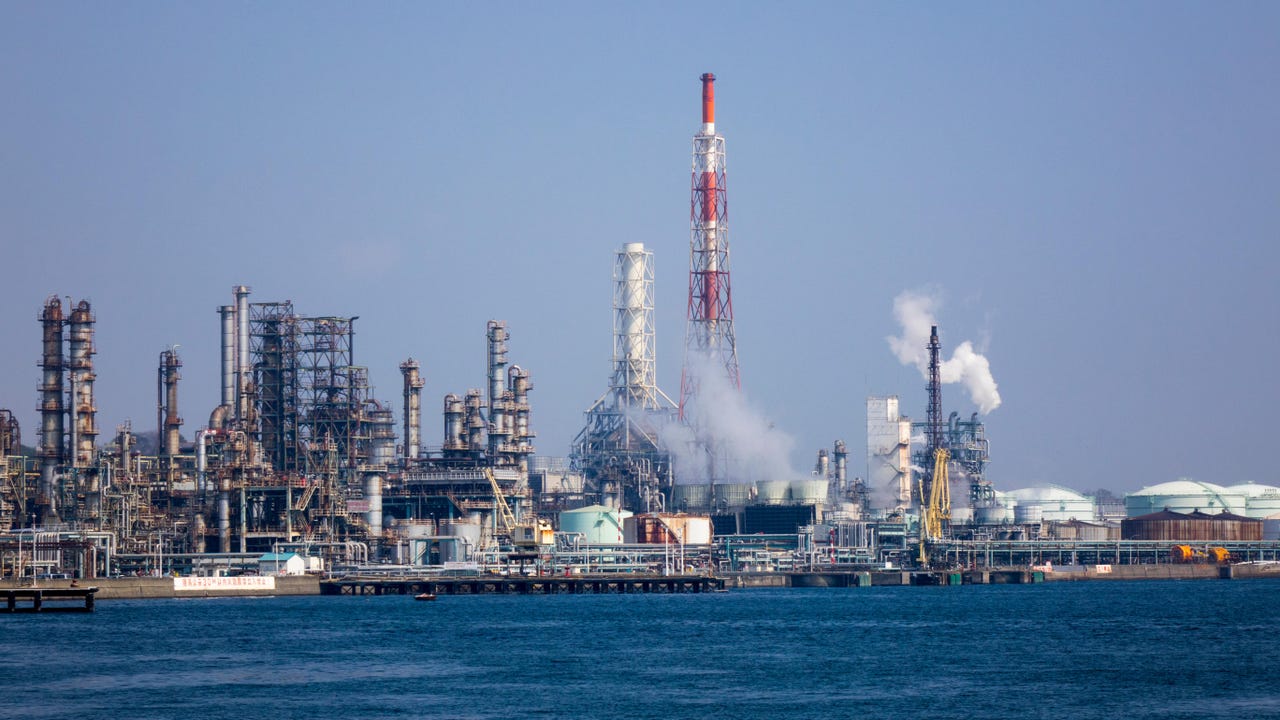














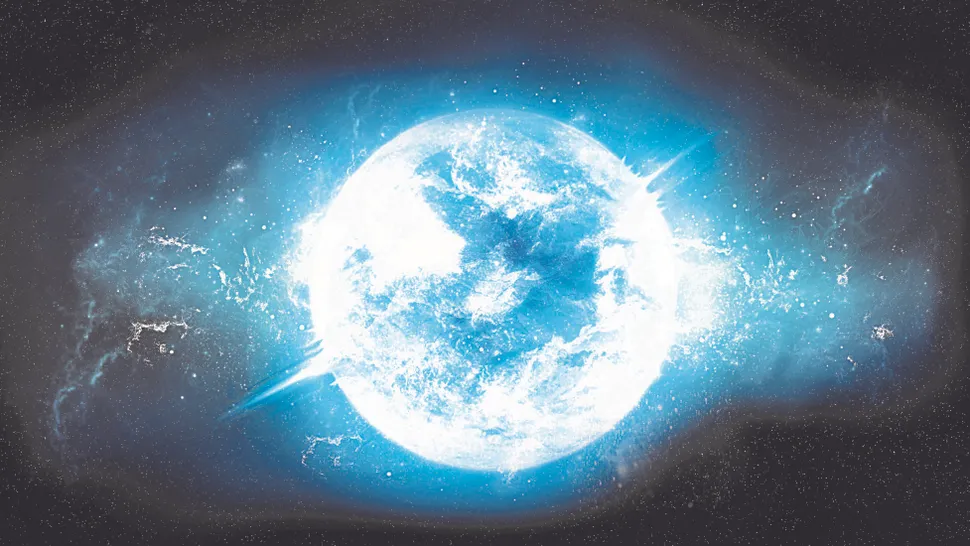


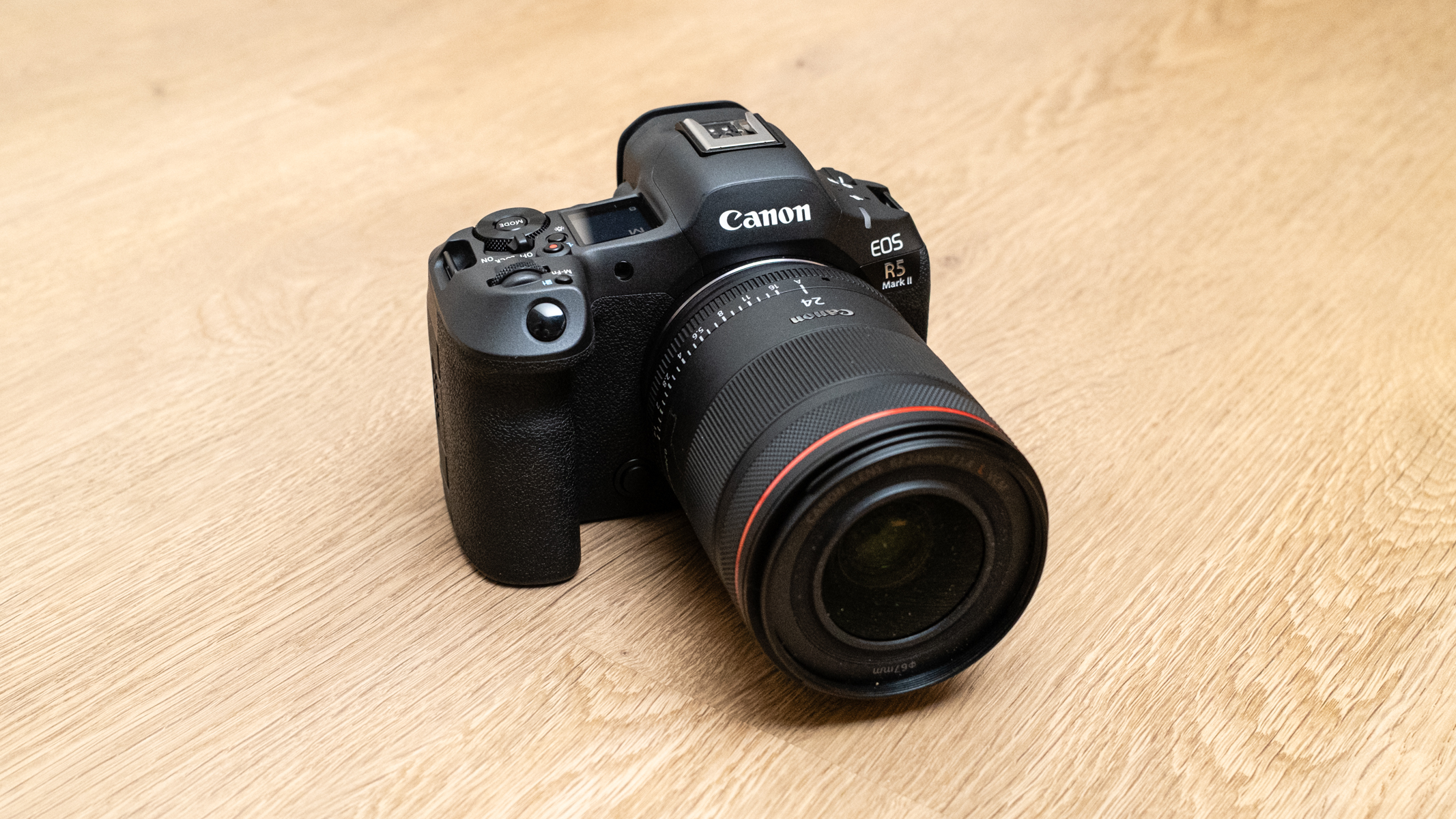




![Air Traffic Controller Claps Back At United CEO Scott Kirby: ‘You’re The Problem At Newark’ [Roundup]](https://viewfromthewing.com/wp-content/uploads/2025/05/scott-kirby-on-stage.jpg?#)













